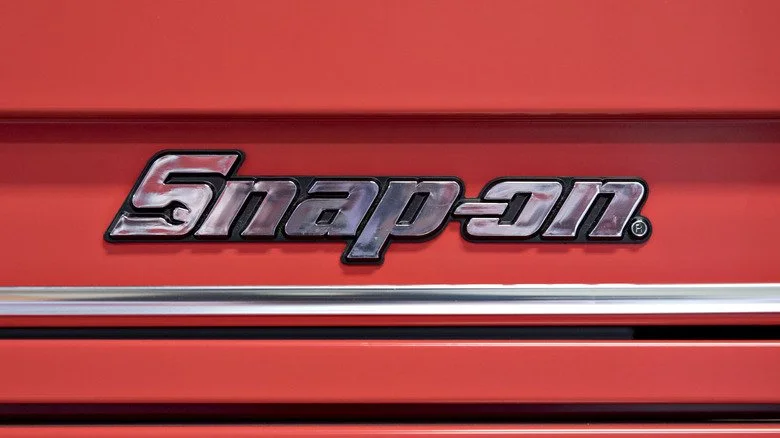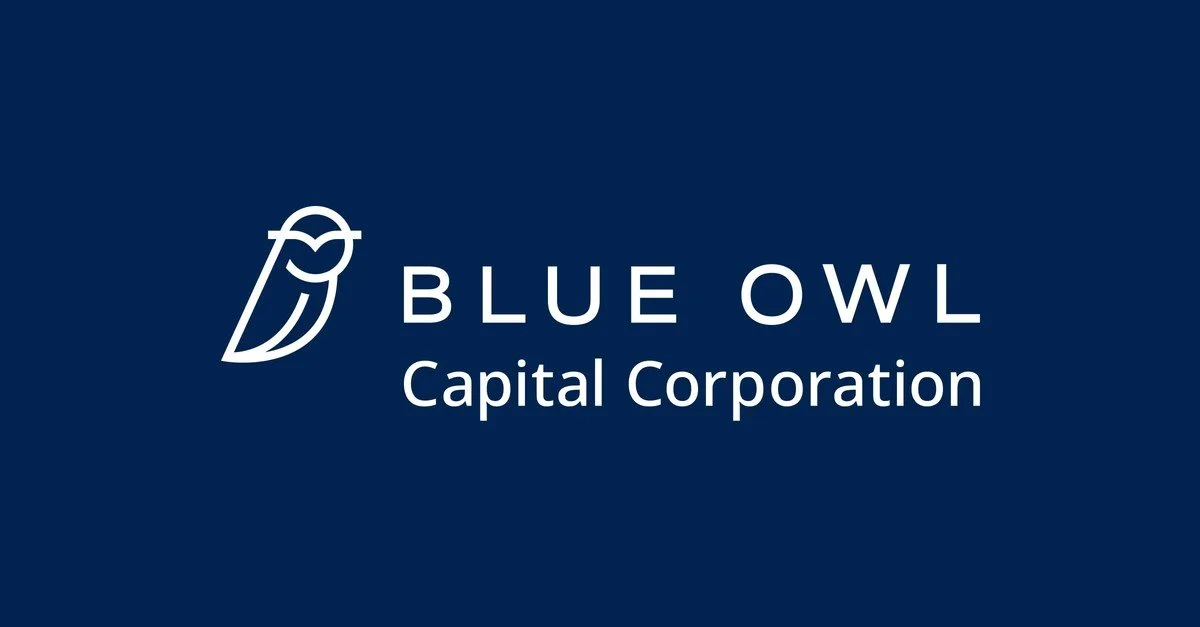SNA | Q2 2025
The content provided on this website, including any communications, posts, videos, social media interactions, and other materials, is for informational and educational purposes only. It should not be considered as financial or investment advice. Read our full disclaimer here.
Links
Link to Transcript
Link to Presentation
Link to 10-Q
Overview
GAAP EPS of $4.72 beats by $0.09.
Revenue of $1.18B (flat Y/Y) beats by $20M.
Takeaways
Snap-on (SNA) held strong in Q2 2025, navigating a questionable macro backdrop with flat sales of $1.18 billion and earnings per share of $4.72—down from $5.07 a year ago.
That drop in EPS was mostly explained by a one-time legal benefit last year and a pension-related expense this quarter. Adjusting for those, the underlying performance looked a lot better than the headline numbers might suggest.
Auto repair continues to be the sweet spot. The Tools Group posted 1.6% organic growth, powered by technician demand for quicker-payback tools.
Big-ticket items like tool storage boxes are still a harder sell in today’s cautious environment, but Snap-on is meeting techs where they are with smaller, access-driven products that solve immediate problems, are more affordable, and generate faster returns. And while credit originations were down 4.9%, that decline was half as steep as Q1, suggesting that techs may be slowly warming back up to financing.
RS&I, Snap-on’s diagnostics and repair software segment, quietly keeps delivering. Sales rose 2.3%, margins hit 25.6%, and management called it out as one of the company’s most consistent performers.
The big product launch this quarter was TRITON, a wireless diagnostics platform with zoomable waveform analysis, long battery life, and 4x the memory of its predecessor. It’s already gaining traction with both techs and franchisees—and it played a key role in keeping originations more stable than they otherwise might have been.
The C&I segment was the clear weak spot this quarter, with sales down 7.6% organically and margins slipping to 13.5%. International demand in Asia and Europe was hit hard by political and trade-related disruption, while U.S. project-based business hit the pause button following “Liberation Day”—the first wave of new trade policy under the current administration.
Still, orders came back toward the end of the quarter, and Snap-on believes this was more of a temporary shock than a long-term slowdown.
Overall, gross margins came in at 50.5%, down just 10 basis points from last year. That margin stability is a big deal, especially in a quarter where tariffs, cost inflation, and FX could have done more damage.
Management credited their local-for-local production strategy—manufacturing most products in the same regions where they’re sold—as a key reason why Snap-on remains relatively insulated from tariff shocks.
With $1.46 billion in cash, no debt on the balance sheet, and strong gross margins, Snap-on is staying focused on the things it can control: creating innovative tools, maintaining customer relations, and operating with discipline.




Revenue of $1.88B (+4.4% Y/Y) beats by $10M. Non-GAAP EPS of $1.96 beats by $0.09.